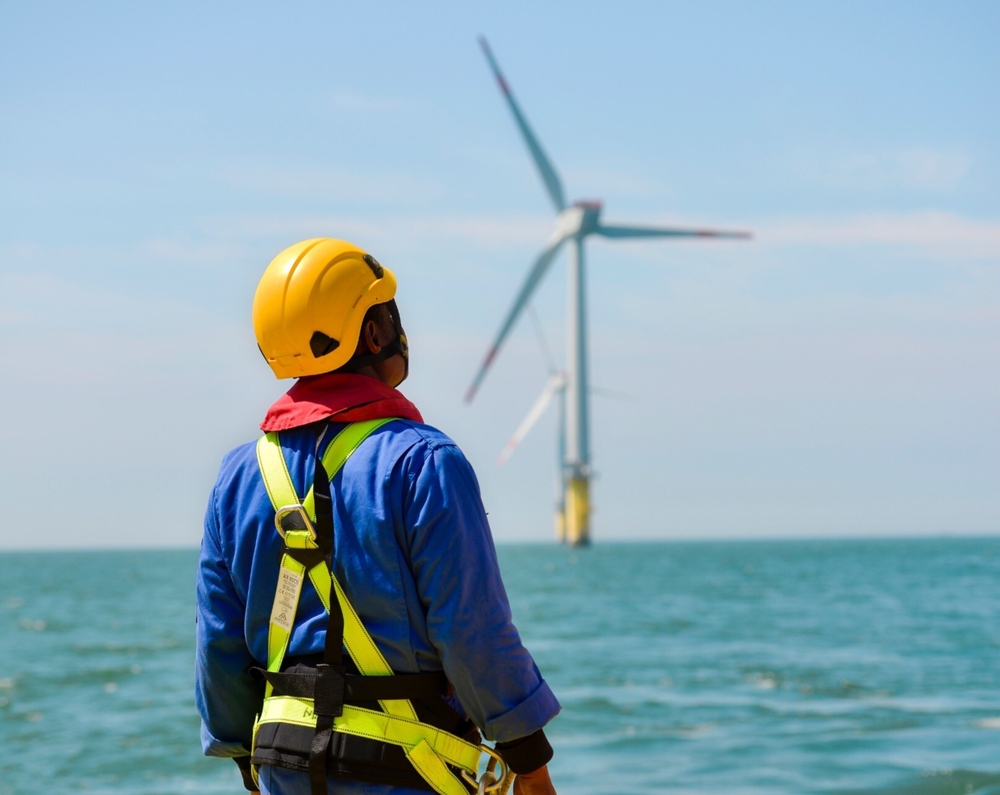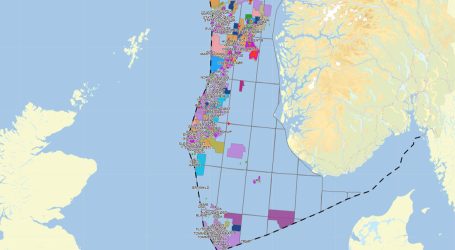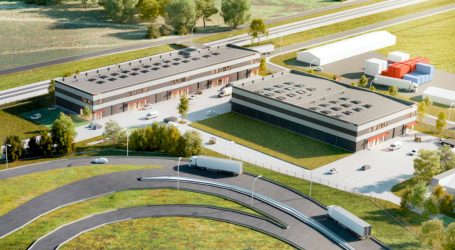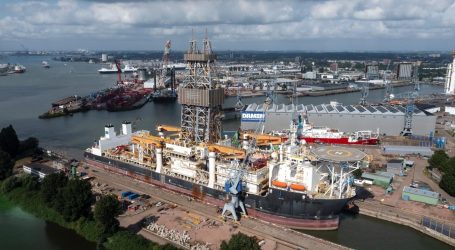Orlen: key elements of Baltic Power being built in Pomerania
Power stations are being built in Pomerania to receive energy from the turbines of the Baltic Power offshore wind farm and send it onshore, Orlen announced on Wednesday. Other important elements of this investment are being built at plants in Szczecin, Kluczbork and Żary, among others.
Baltic Power is a joint project between Orlen Group and Northland Power. Orlen reported that the participation of Polish entities in the 25-30 year operation cycle of the farm at a level exceeding 20 per cent of its total value is the highest rate of utilisation of the so-called local content among all offshore wind projects currently being developed in Poland.
The Baltic Power offshore wind farm is the most important transformational project we are implementing. The investment will not only permanently change our energy mix, but will also contribute to building a new industry in Poland. That is why we are keen to maximise the participation of Polish suppliers in the project, while at the same time making the most of Orlen Group’s competences at the maintenance stage of the farm. Baltic Power is a pioneering project that paves the way and allows us to get to know the specifics of cooperation with local suppliers well. We want to use this experience also in further planned offshore projects,’ Orlen’s CEO Ireneusz Fąfara said, quoted in the release.
The two offshore substations under construction in Gdansk and Gdynia, which will be installed 23 km offshore, are a key element of the Baltic Power investment. It is to them that the energy obtained from the 76 turbines will be transferred. The transformers inside them will raise the voltage and then transmit the energy via sea and land export cables to the substation, located about 7 kilometres inland. From here, after transmission to the national power system, wind power will flow to power more than 1.5 million households.
As the company explained, the offshore stations consist of two main components: the foundation and the actual structure placed on top of it, the so-called topside. A single, fully equipped topside will weigh around 2,500 tonnes. The 20 x 30 x 40 metre structures will resemble 4-5 storey apartment blocks in size. Each station, despite its size and weight, will be fabricated and equipped on land and then installed entirely at sea. This operation will be carried out using the specialist installation vessel Gulliver. Both structures will stand approximately 40 metres above the water surface on foundations with a diameter of 9 and a length of 80 metres. Baltic Operator Gdańsk-Gdynia and Energomontaż-Północ Gdynia are responsible for the construction of the station.
Other important components of the investment being built in Poland include elements of the substation foundations, manufactured in Szczecin, and the marine station cranes manufactured by a company in Kluczbork. Turbine foundation elements, in turn, are produced at plants in Żary, Łęknica, Niemodlin and Czarna Białostocka. Production of marine and land cables takes place at a factory in Bydgoszcz. Domestic companies are also responsible for, among other things, construction work on the service base in the Port of Leba and the onshore receiving station in Choczew, Orlen said.
Production of the offshore receiving stations is at an advanced stage. Several hundred employees are working on their construction every day. This is valuable experience for the entire sector and proves that we have the competence in Poland to already locally produce key elements of the farms. The production of steel structures for offshore stations is one of the strengths of Polish shipyards. It also has a chance to become their specialisation and part of European supply chains. Especially if we take into account that the potential of the planned investments in Poland is another 10 farms with a total capacity of over 10 GW,’ Baltic Power board member Jarosław Broda, quoted in the communiqué, stressed.
Orlen reminded that Baltic Power is the most advanced offshore wind power project in Poland and at the same time the largest investment in renewable sources in Central Europe. The investment will be one of the first farms in the world to install 15 MW wind turbines and the first with a significant part of the turbine towers made of low-carbon steel. Construction is expected to be completed in 2026. Baltic Power is expected to cover up to 3 per cent of the country’s energy needs reducing CO2 emissions by approximately 2.8 million tonnes per year.
Source: PortalMorski.pl




